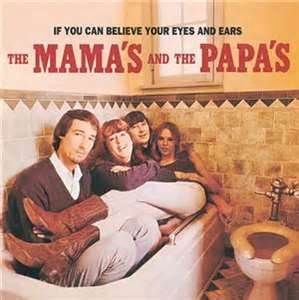“Wagon Wheel” is a song with a very interesting story. It doesn’t sound like a typical 21st century country song. But it’s the kind of song 21st century country artists love to cover because it’s the kind modern country songwriters have so much trouble coming up with. Which is to say, it comes from a more instinctive place, taking the express track from the writer’s gut without that stop at the brain for mental market-testing.
“Wagon Wheel” sounds like the work of one of the great folk songwriters of the 20th century, say a Woody Guthrie or a Stephen Foster…because it is in fact the work of one of the great folk songwriters of the 20th century–at least in part. I direct you to Wikipedia for the story:
(The following reprinted from Wikipedia)
“Wagon Wheel” is a song originally sketched by Bob Dylan and later completed by Old Crow Medicine Show. Old Crow Medicine Show’s version was certified gold by the Recording Industry Association of America in November 2011.
“Wagon Wheel” is composed of two different parts. The chorus and melody for the song comes from a demo recorded by Bob Dylan during the Pat Garrett and Billy the Kid sessions. Although never officially released, the Dylan song was released on a bootleg and is usually named after the chorus and its refrain of “Rock Me Mama.” Although Dylan left the song an unfinished sketch, Ketch Secor of Old Crow Medicine Show wrote verses for the song around Dylan’s original chorus. Secor’s additional lyrics transformed “Rock Me Mama” into “Wagon Wheel.” Secor has stated the song is partially autobiographical. The song has become extremely popular since its inclusion on Old Crow Medicine Show’s major label debut, O.C.M.S. in 2004, although the song appeared in earlier form on the now out of print “Troubles Up and Down the Road” EP in 2001. Dylan’s song is often credited to “A. Crudup.”, and the official publishing information is Dylan/Secor.
Old Crow Medicine Show: “Wagon Wheel” (2004)
Dan Milliken, reviewing the song for Country Universe, gave it an A+ rating, calling it “one of country music’s all-time great sing-alongs”.
The song has since been covered by numerous artists, including: Darius Rucker, Chad Brownlee, The Menzingers, Nash Street, Great American Taxi, Against Me!, Stephen Kellogg and the Sixers, Chris Pureka, David McMillin, Jeremy McComb, Matt Andersen, Mumford & Sons, Bodega, Little Feat, Donegal X-Press, Pat Buzzard of Saving Jane, Little Big Town, and Samjack Boys. (Note: there are lots more versions besides.)
Darius Rucker joined Old Crow Medicine Show at the Grand Ole Opry July 6, 2012, “for a special rendition of ‘Wagon Wheel.’” The fans “went crazy over Rucker’s cover of the Old Crow Medicine Show hit,” setting the stage for his tweeted announcement: “Secret out after @opry perf. I recorded a version of ‘Wagon Wheel’ for my new record & @ladyantebellum sings on track.” The new album, True Believers, is his third solo project on Capitol Records. Rucker’s cover is the album’s second single.
Darius Rucker: “Wagon Wheel” (2012)
The song did not at first appeal to Rucker. “Somebody had played ‘Wagon Wheel’ for me years ago,” he says. “It was one of those things that I didn’t really get.” When the faculty band from his daughter’s high school performed it, though, it had a different effect. Relating the story . .








